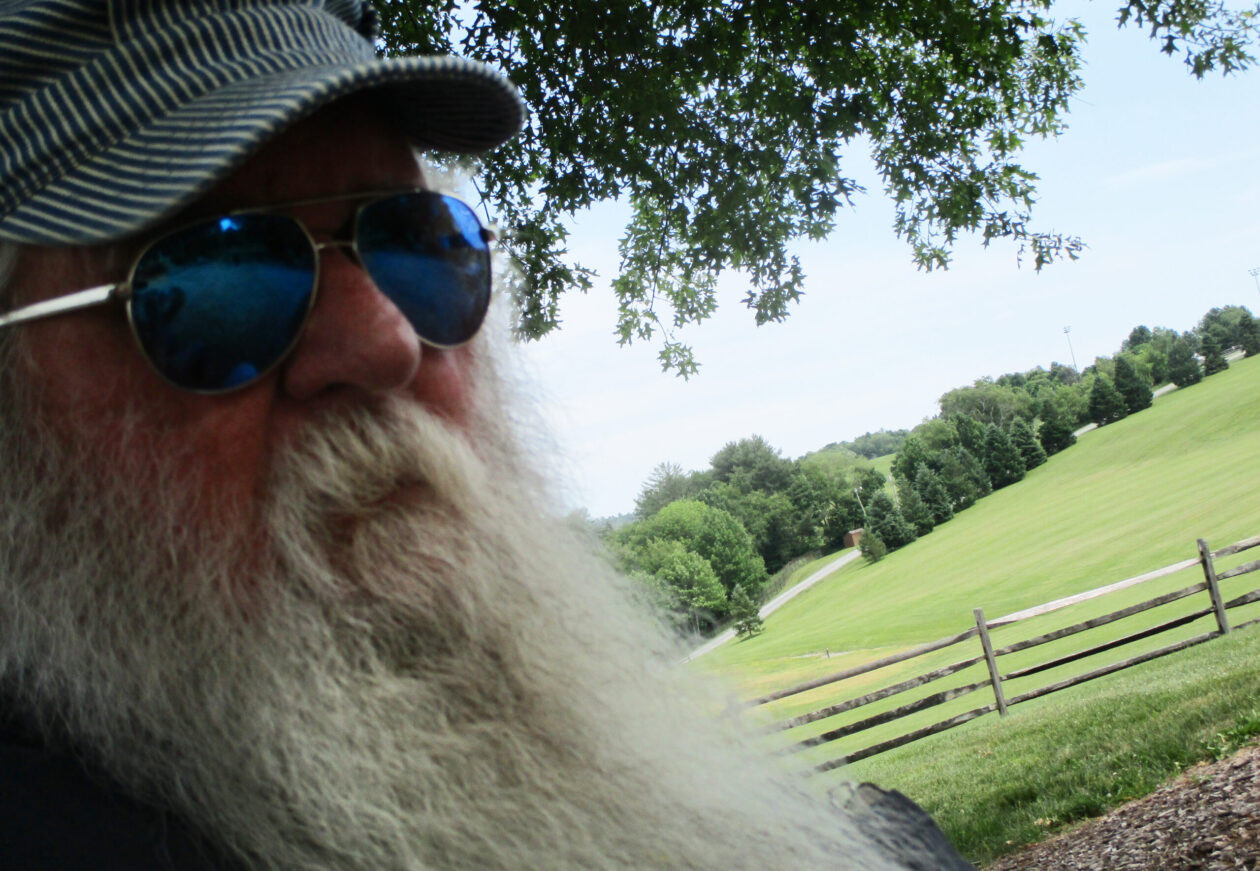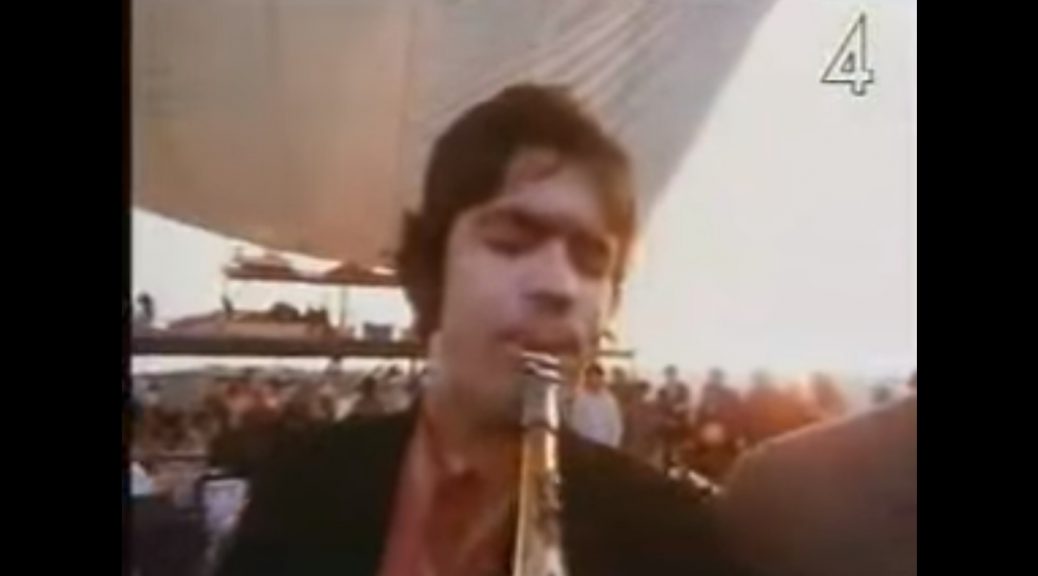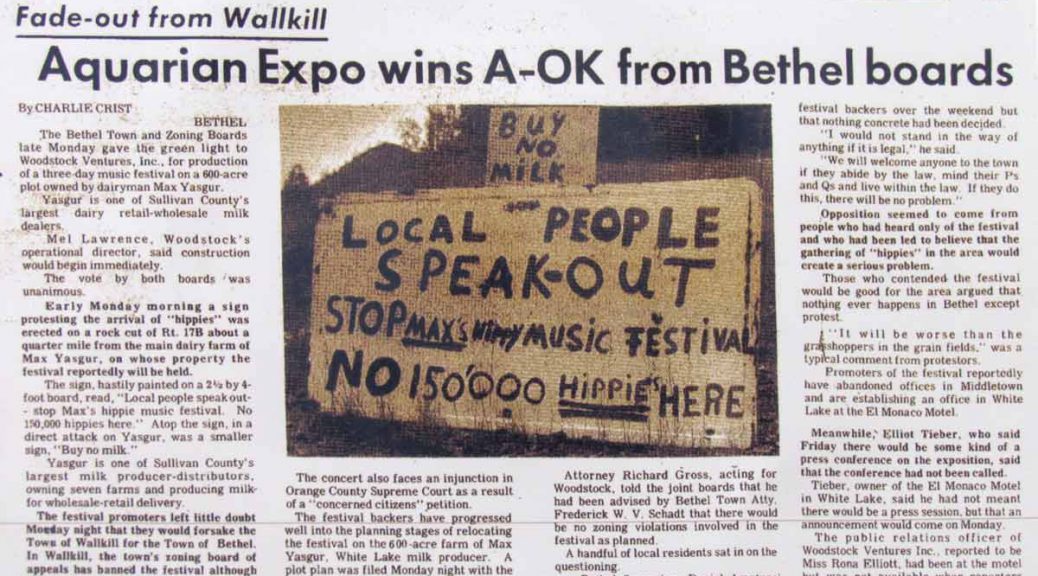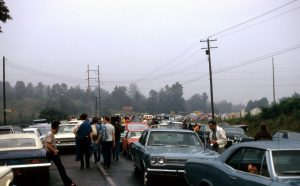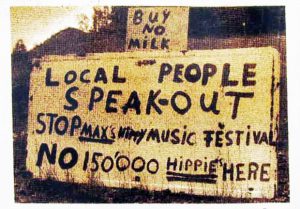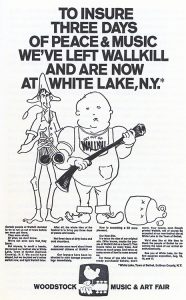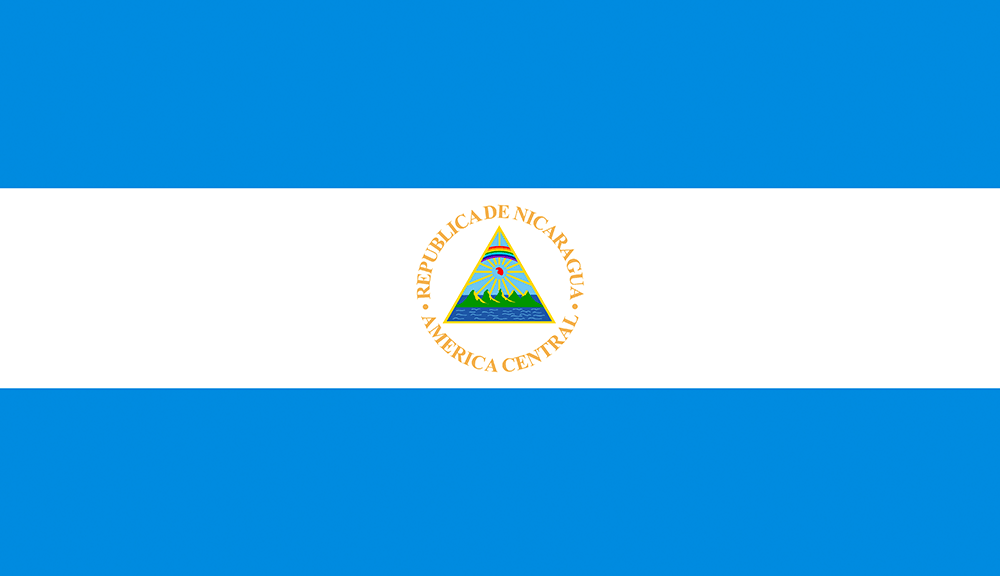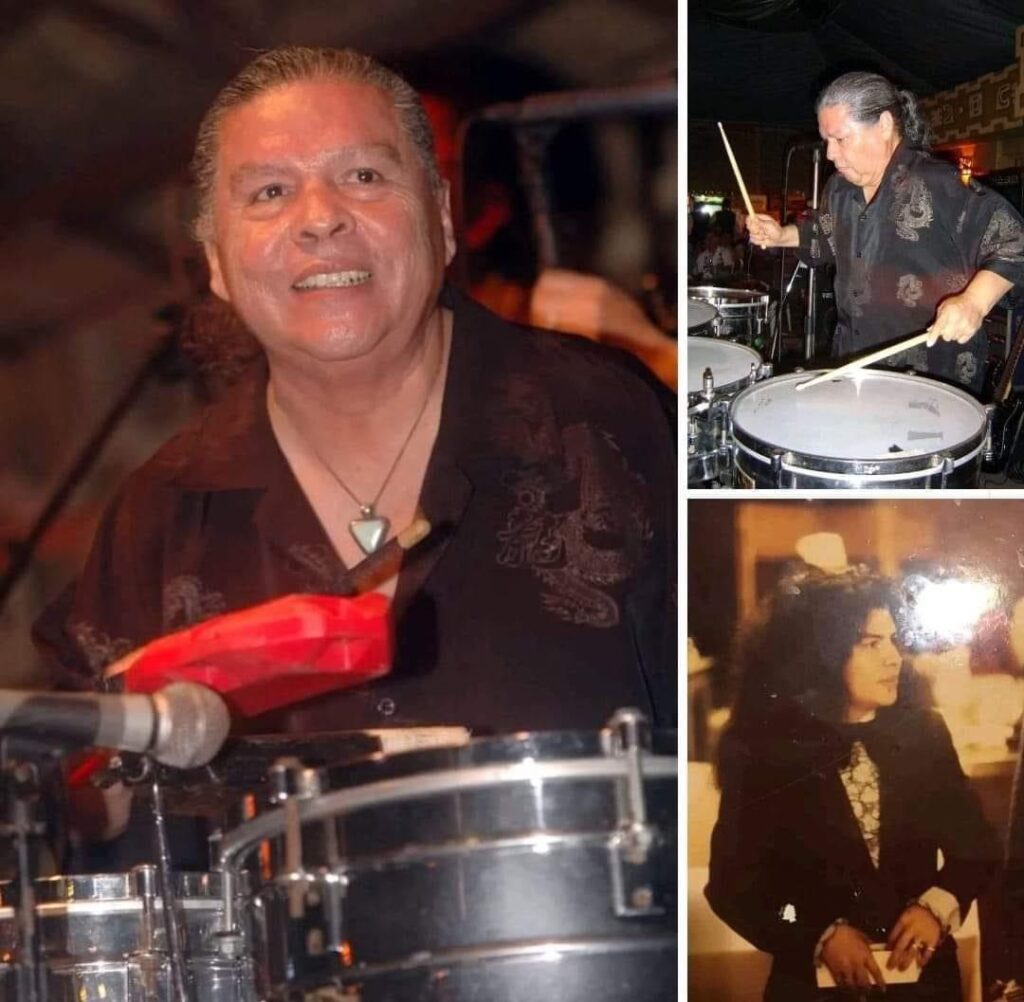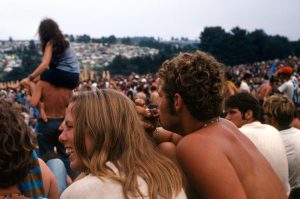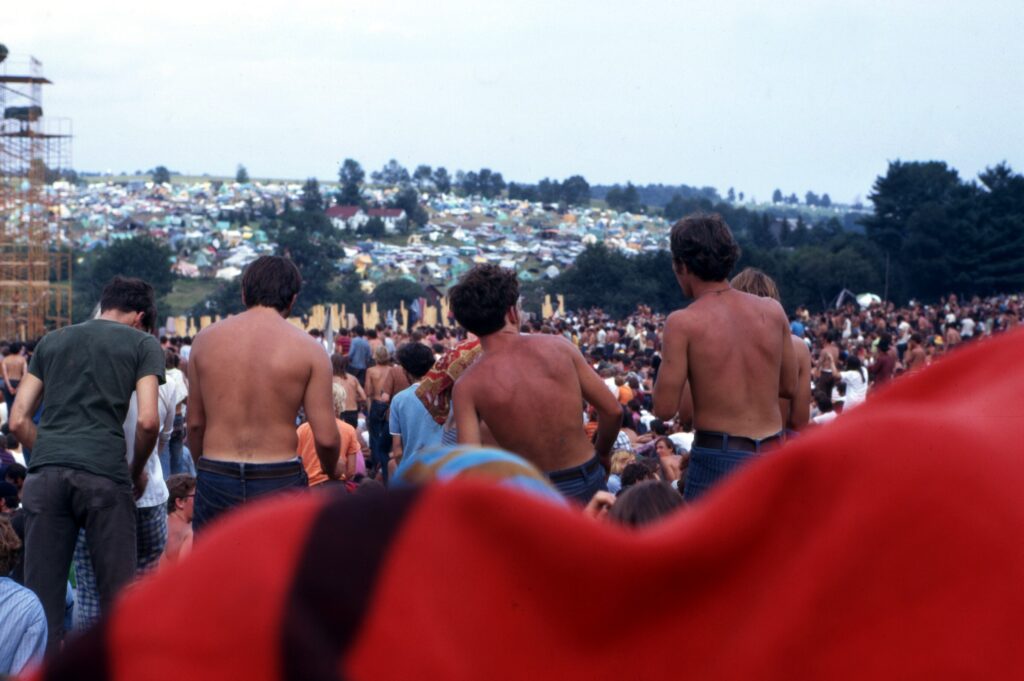Saxophonist David Sanborn
[Sanborn from the movie, “Horn From the Heart”]
Happy birthday
July 30, 1945 – May 12, 2024
Saxophonist David Sanborn
Not Woodstock
David Sanborn always seemed to be around. When I heard his name, my first thought was when he sat in with Paul Shaffer on the Letterman Show. Then I remember taping his show on NBC, ” Night Music” (1988 to 1990) and watching musicians like Sanborn, talented but rarely seen on TV: Sonny Rollins, Miles Davis, Joe Sample, Pharoah Sanders, and many others.
Saxophonist David Sanborn
Really? Woodstock?
When I first started to volunteer at Bethel Woods Center for the Arts one of the projects I worked on was creating a list of all the performers at the Woodstock Music and Art Fair. Who should appear with the Paul Butterfield Blues Band? David Sanborn, of course. Not sure why his appearance there surprised me, but it did. Here’s a video of the band that Monday morning (before Sha Na Na). Paul Butterfield is the main feature, but the movie’s producers snuck in Mr Sanborn about a minute into the video.
Saxophonist David Sanborn
Much much more
The list of all the music David Sanborn has made or helped make is a very long one. Luckily, All Music had taken care of that. Impressive as it is long.
You’ll need a Snickers.
And…
Who were some of these people Sanborn played with? Stevie Wonder, David Bowie, Todd Rundgren, Bobby Charles, Roger Waters, Esther Phillips, James Brown, Ween, and over a hundred more.
As it says at his site, “David Sanborn has released 24 albums, won six Grammy Awards, and has had eight Gold albums and one Platinum. Having inspired countless other musicians, Dave has worked in many genres which typically blend instrumental pop, R&B and traditional jazz. He released his first solo album Taking Off in 1975, but has been playing the saxophone since before he was in high school when he was inspired by the great Chicago blues artists near his hometown of St. Louis.”
David Sanborn
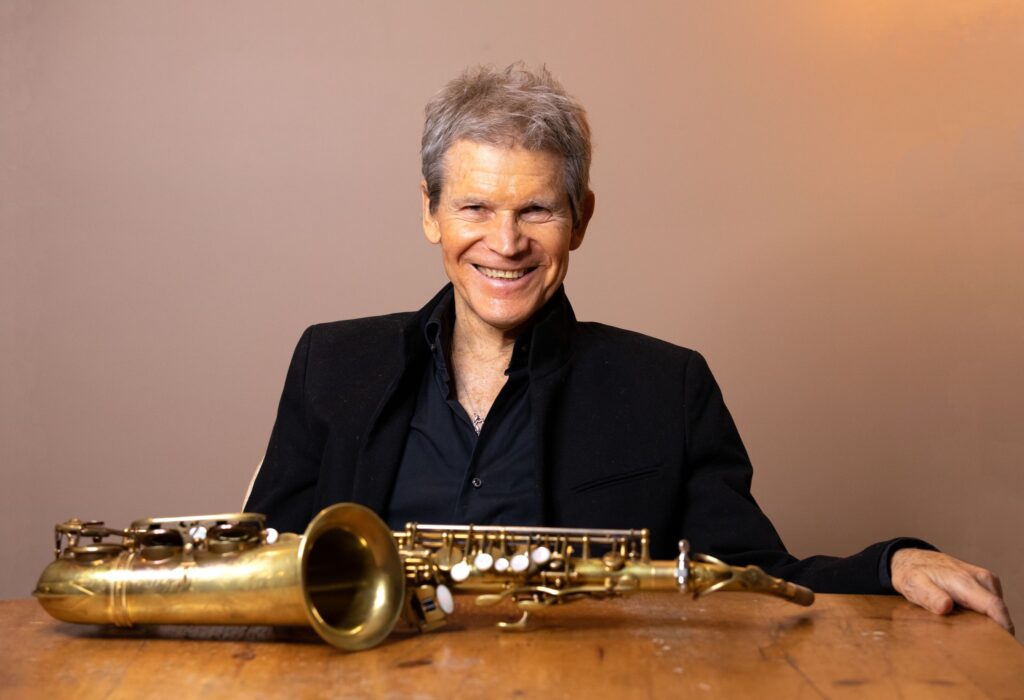
David Sanborn was born in Tampa, Florida, but raised in Kirkwood, Missouri, a suburb of St. Louis. Contracting polio at the age of three, he struggled with the disease for eight years. In its aftermath, he began to play saxophone on the advice of a doctor, who thought it would aid him in strengthening his chest muscles.
Not bad. That practice really paid off. Nice job!
Saxophonist David Sanborn
May 3, 2024
Sanborn posted the following on May 3, 2024:
To All My Fans & Friends, I am heartbroken that I will not be able to perform for you on May 15 (The Birchmere), May 16 (Rams Head On Stage, May 18 (Brothers Norfolk), May 20 (The Tin Pan), and May 24 & 25 (Jimmy’s Jazz & Blues Club).
May 12, 2024
And on May 12, 2024, his Facebook page had this post:
It is with sad and heavy hearts that we convey to you the loss of internationally renowned, 6 time Grammy Award-winning, saxophonist, David Sanborn. Mr. Sanborn passed Sunday afternoon, May 12th, after an extended battle with prostate cancer with complications.
